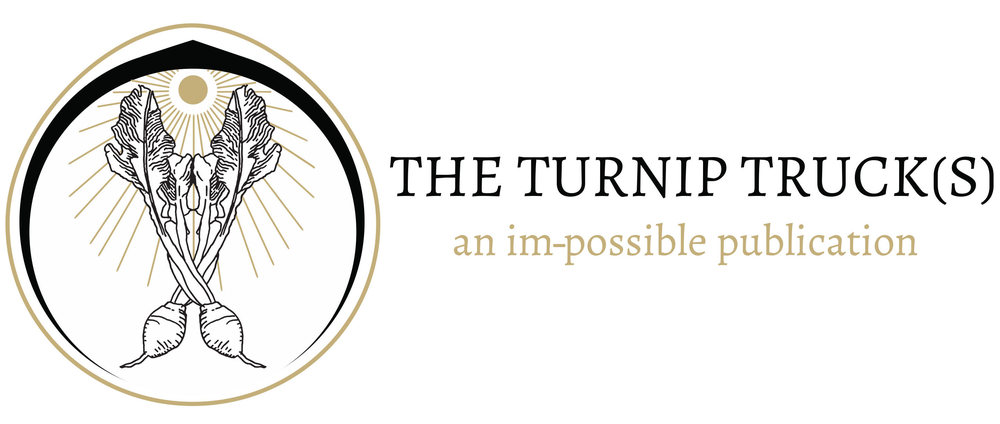“Ripple” (Robert Hunter and Jerry Garcia, 1970). “Ripple,” the B-side of “Truckin’,” is another strange trip but one taken on the complex “highway between the dawn and the dark of night” and in a Romantic state of mind reminiscent of The Marriage of Heaven and Hell. Hunter’s opening verses echo Blake’s proverb: “Truth can never be told so as to be understood, and not be believed.” In “Ripple”, the speaker explains that his voice, even if speaking words of gold, is only a “hand-me-down” to the listener. In this sense, the divine fountain and “ripple in still water” are symbolic of what the listener can access but cannot know, unless she experiences it herself. The folk lyric, then, is the gnostic hand-me-down of ancient poets, reminding us “All deities reside in the human breast" (Blake). The speaker explains what he has learned but is not a shepherd, as he concludes: “If I knew the way I would take you home.”
If my words did glow with the gold of sunshine
And my tunes were played on the harp unstrung
Would you hear my voice come through the music
Would you hold it near as it were your own?
It's a hand-me-down, the thoughts are broken
Perhaps they're better left unsung
I don't know, don't really care
Let there be songs to fill the air
Ripple in still water
When there is no pebble tossed
Nor wind to blow
Reach out your hand if your cup be empty
If your cup is full may it be again
Let it be known there is a fountain
That was not made by the hands of men
There is a road, no simple highway
Between the dawn and the dark of night
And if you go no one may follow
That path is for your steps alone
Ripple in still water
When there is no pebble tossed
Nor wind to blow
You who choose to lead must follow
But if you fall you fall alone
If you should stand then who's to guide you?
If I knew the way I would take you home















